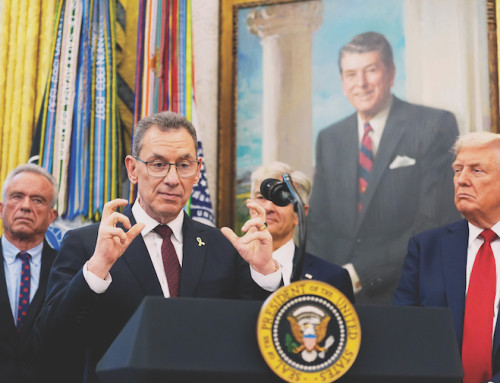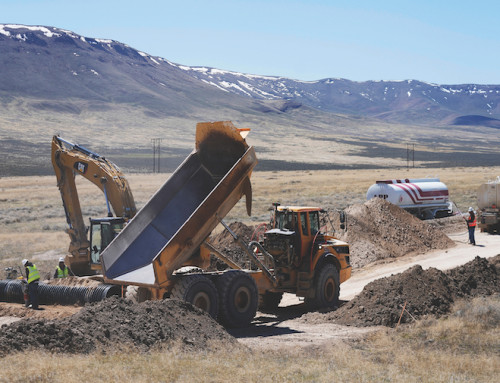Big arrays of lithium-ion batteries are increasingly being hooked up to electrical grids around the country to store power that can be discharged in times of high demand.
As more energy storage is added, however, residents in some places are pushing back due to fears that the systems will go up in flames, as a massive facility in California did earlier this year.
Proponents maintain that state-of-the-art battery energy storage systems are safe, but more localities are enacting moratoriums.
“We’re not guinea pigs for anybody … we are not going to experiment, we’re not going to take risk,” said Michael McGinty, the mayor of Island Park, N.Y., which passed a moratorium in July after a storage system was proposed near the village line.
Battery energy storage systems that suck up cheap power during periods of low demand, then discharge it at a profit during periods of high demand, are considered critical with the rise of intermittent energy sources such as wind and solar.
Known by the acronym BESS, the systems can make grids more reliable and have been credited with reducing blackouts. A large battery system might consist of rows of shipping containers in a fenced lot, with the containers holding hundreds of thousands of cells.
At least a few dozen localities around the country have moved to temporarily block development of big battery systems in recent years.
Opposition to the storage systems usually focuses on the possibility of thermal runaway, a chain reaction of uncontrolled heating that can lead to fire or an explosion.
A battery storage system in Moss Landing, Calif., caught fire in January, sending plumes of toxic smoke into the atmosphere and forcing the evacuation of about 1,500 people.
Researchers in the field say battery systems have become safer over the years. Ofodike Ezekoye, a combustion researcher and professor of mechanical engineering at the University of Texas at Austin, notes that failures are relatively infrequent, but also that no engineered system is 100 percent foolproof.
“This is a relatively immature technology that is maturing quickly, so I think that there are a lot of really thoughtful researchers and other stakeholders who are trying to improve the overall safety of these systems,” Ezekoye said.
Battery storage proponents say a facility such as Moss Landing, at which batteries were stored indoors, would not be allowed in New York, which has adopted fire codes that require modular enclosure design with required minimum spacing to keep fires from spreading.
People who live near proposed sites are not always assured.
The city of Maple Valley, Wash., approved a six-month moratorium in July as a way “to protect us until we know more,” said City Manager Laura Philpot.
Voters in Halstead, Kan., which has a moratorium, will be asked this Election Day whether they want to prohibit larger battery storage systems inside the city limits, according to Mayor Dennis Travis. He hopes the city one day can host a safely designed storage system, and said local opponents wrongly fixate on the California fire.
The number of localities passing moratoriums began rising in 2023 and 2024, mirroring trends in battery storage deployment, with a notable cluster in New York, according to a presentation last year by the Pacific Northwest National Laboratory.








